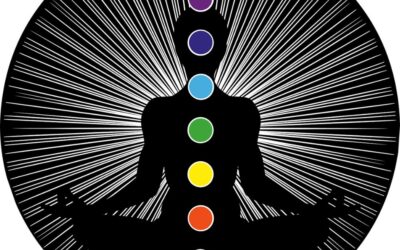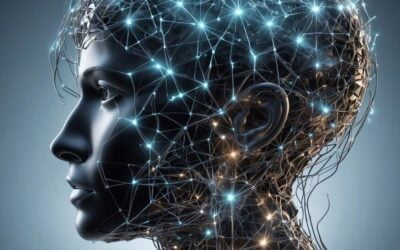Intro
Feeling tired but can’t explain why? Emotionally drained after spending time with certain people? Or maybe you’re physically fine, but something just feels “off.” These subtle signals are often signs of energetic imbalance—and that’s where Energy Therapy comes in.
More and more people are realizing that we are not just flesh and bones—we’re also energetic beings. Just like we take care of our physical and mental health, our energy body also needs attention, cleansing, and support. This is what energy therapy is all about.
What Is Energy Therapy?
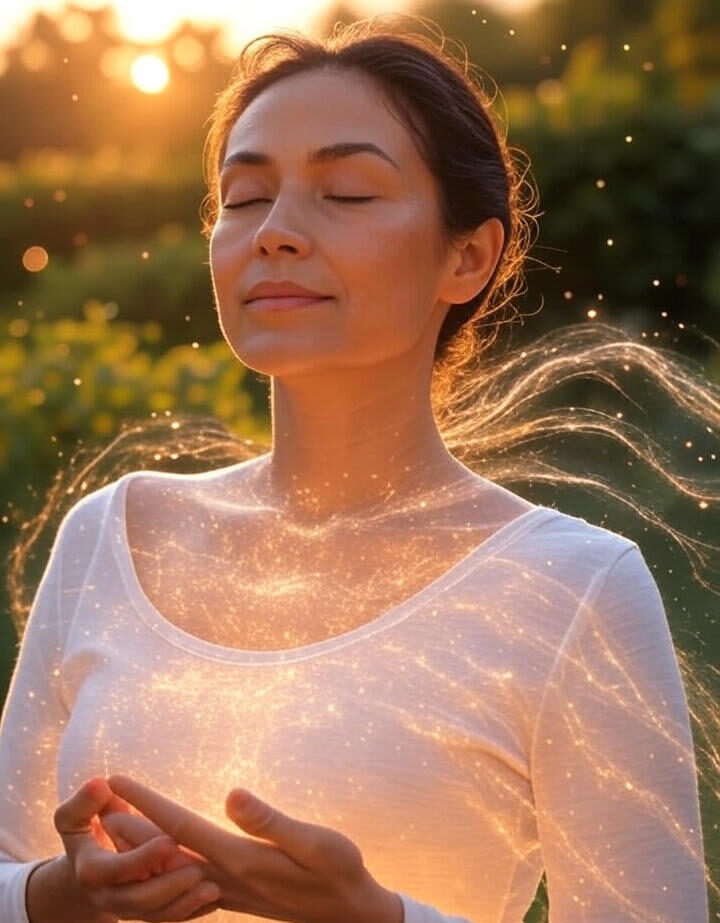
At its core, your energy system is the interface between your body, mind, and spirit. It holds your emotional states, stores past Energy Therapy (also called energy healing) refers to a range of holistic practices that work with the human energy field to support healing, restore balance, and enhance wellbeing.
Unlike traditional medicine, which works on the physical body, energy therapy operates on the subtle energy systems—like the chakras, meridians and the aura. The goal isn’t just to treat symptoms but to shift the underlying energetic patterns that may be contributing to emotional or physical discomfort.
It may sound esoteric at first, but think of it like this: Just as electricity powers your home, energy powers your body. And sometimes the wiring—your internal energy systems—can get disrupted.
Types of Energy Therapy
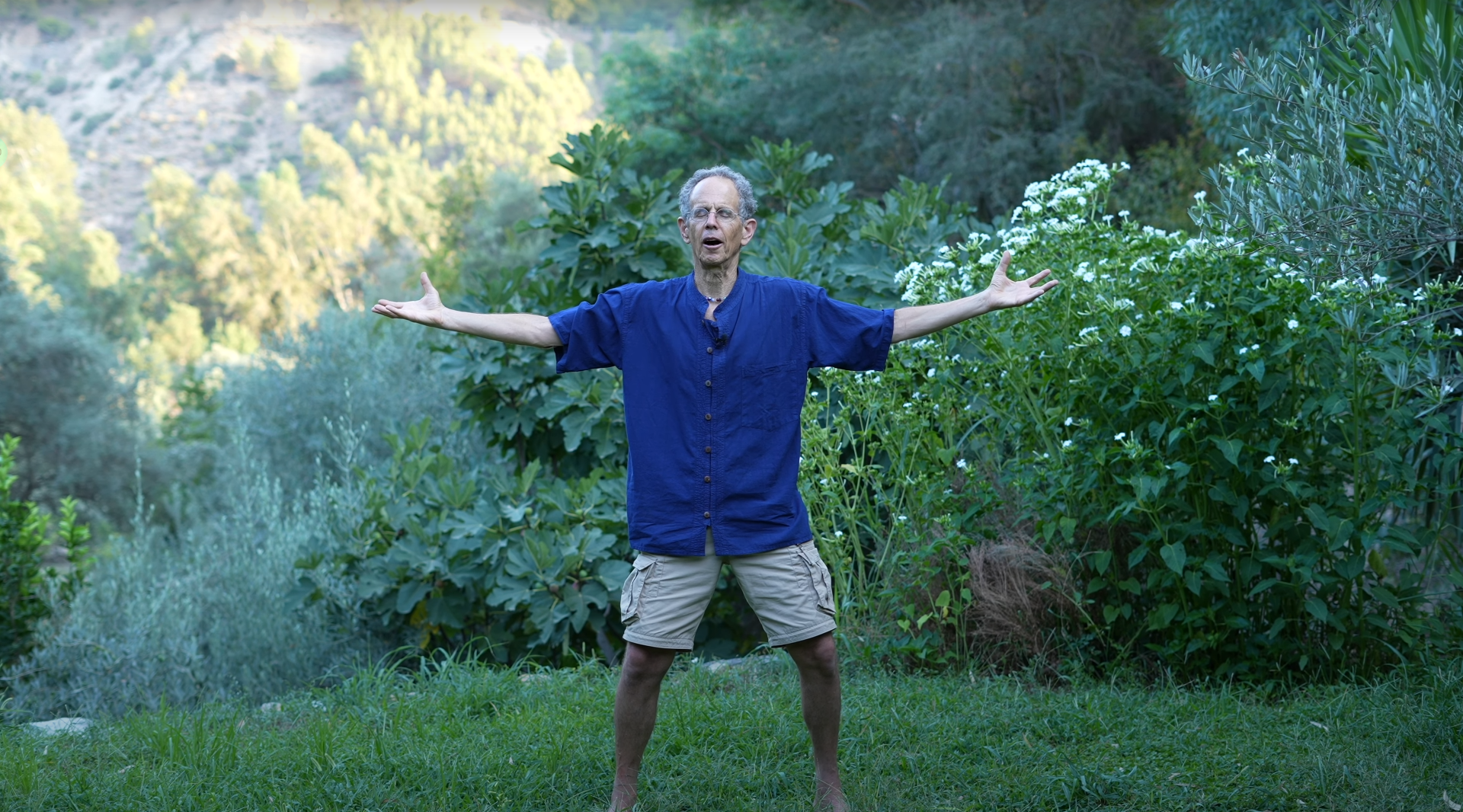
Energy therapy isn’t a one-size-fits-all practice. There are many types, each with a unique way of working with the body’s energy systems. Here are some of the most well-known and widely practiced modalities:
1. Reiki
Originating in Japan, Reiki uses gentle touch—or even no touch at all—to channel universal energy through the practitioner into the recipient. It’s deeply relaxing, and many people report feeling warmth, tingling, or a calm sense of release during sessions.
2. Therapeutic Touch (TT)
This method was developed by nurses in clinical settings. Practitioners move their hands just above the body to sense imbalances and smooth out disruptions in the energy field. It’s often used in hospitals and hospices.
3. Healing Touch
Similar to TT but with a more structured approach. It combines energy balancing with compassionate presence. Healing Touch is frequently used to support recovery, reduce pain, and manage emotional distress.
4. Chakra Balancing
This involves aligning and harmonizing the seven main energy centers in the body. Techniques may include meditation, sound therapy, crystals, or hands-on healing. It’s great for anyone feeling “off,” stuck, or emotionally overwhelmed.
Sign-up in our Chakra Healing and Balancng course if you’d love to dive deep.
5. Qigong
This ancient Chinese practice combines breath, movement, and intention to clear stagnation and build vital life force. It’s often used preventatively to keep energy flowing and maintain balance.
We have many videos about Qigong, be sure to check them out
6. Pranic Healing
In this method, practitioners “sweep” away energetic blockages and “energize” weak areas using specific hand movements—no physical contact is necessary. It’s used for both physical ailments and emotional healing.
7. Crystal Therapy
Crystals are believed to carry specific energetic vibrations that resonate with the body’s systems. In crystal healing, stones are placed on or around the body to help restore energetic harmony.
8. Sound Healing
Using tuning forks, gongs, singing bowls, or even the voice, sound healing works on the principle that vibration can bring the energy body back into alignment. It’s especially effective for emotional clearing and spiritual attunement.
9. Biofield Tuning
This technique uses tuning forks to detect and modulate disturbances in the energy field around the body. It’s particularly helpful for clearing trauma patterns and calming the nervous system.
What Is Energy Therapy Used For?
People turn to energy therapy for many reasons:
- Emotional release and trauma healing
- Chronic pain or illness
- Stress, burnout, or fatigue
- Grief or heartbreak
- Low energy or lack of motivation
- Anxiety or sleep issues
- Spiritual awakening or intuitive development
Energy therapy doesn’t replace medical treatment, but it can complement it beautifully. It’s often used alongside psychotherapy, physical therapy, or wellness coaching.
Let’s say you’ve been feeling exhausted, snappy, and disconnected. You’ve done blood tests and everything looks fine. A friend recommends Reiki. During a session, you feel warmth, tingling, maybe even emotion surfacing. Afterward, you sleep better and feel lighter. That’s energy therapy working—not on the surface symptoms, but on the underlying energetic tension that was causing the unease.
If you’re curious about how energy healing might help you personally, we also offer private healing sessions and one-on-one consultations. These are gentle, personalized spaces to explore your own energy, receive guidance, and work through whatever you’re carrying—with support and care.
Learn more about our private healing sessions here.
What Do Energy Therapists Do?

An energy therapist is trained to sense, assess, and influence the energy field. That may include scanning the aura, feeling for imbalances, using their hands to direct energy, or offering verbal insights based on intuitive perception.
Sessions are often quiet, relaxing, and deeply restorative. You might feel sensations like heat, pulsing, or spaciousness. Sometimes, buried emotions come to the surface. The effects tend to be cumulative—one session can bring relief, but consistent practice leads to transformation.
Energy Therapy in Psychology
A growing field known as Energy Psychology uses tapping (like EFT), visualization, and breathwork to help people shift core beliefs and trauma imprints. It combines cognitive therapy with somatic and energetic awareness. Therapists trained in this field report faster results and deeper integration, especially with anxiety, PTSD, and emotional regulation.
Check our meditation on how to Heal Ancestral and Karmic Imprints
Ready to Deepen Your Energy Awareness?
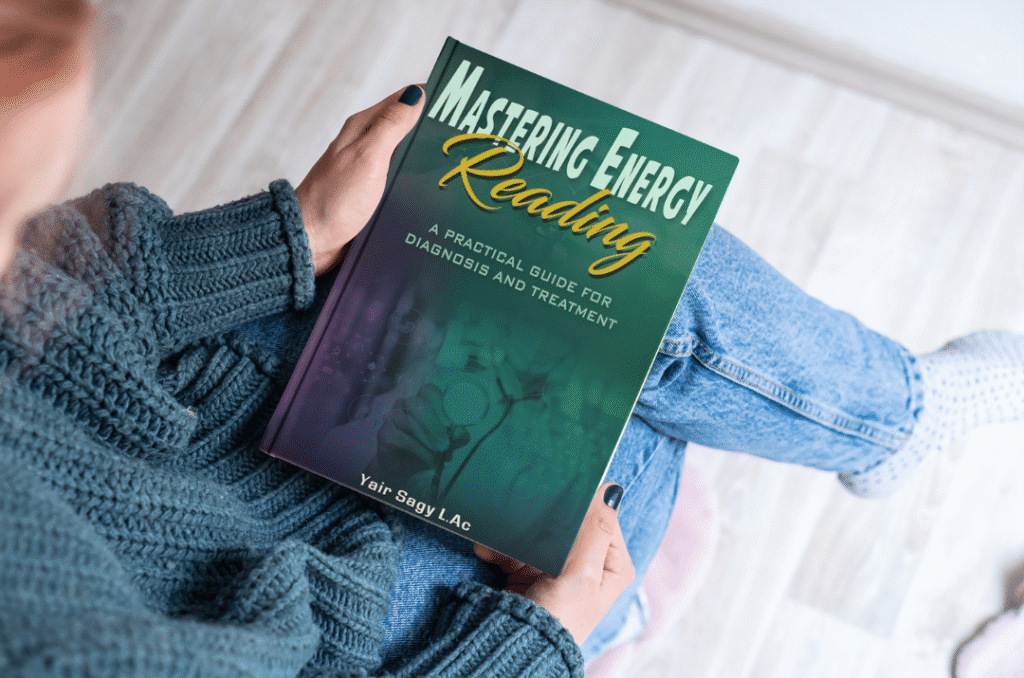
If this resonates with you, you might love our book:
Mastering Energy Reading by Yair Sagy
Instead of guessing what’s going on beneath the surface, learn how to read energy clearly and confidently—in yourself, in others, and in the world around you.
Through grounded teachings, stories, and practices, Yair offers a path to go beyond the noise of the mind and tap into the real source of insight: your energy field.
FAQs: Energy Therapies

What is the purpose of energy therapy?
Energy therapy aims to restore balance in your body’s energy systems. When your energy is flowing freely, you’re more likely to feel healthy, calm, and grounded. It’s not just about relaxation—it’s about helping the body remember how to heal itself.
What is the alternative medicine for energy?
Energy medicine is considered part of the broader field of complementary and alternative medicine (CAM). It includes practices like Reiki, acupuncture, Qigong, and biofield healing. These approaches work with subtle energies rather than biochemistry.
What is an example of energy therapy?
A common example is Reiki. In a Reiki session, the practitioner may place their hands on or just above your body, allowing energy to flow and bring balance. Many people leave these sessions feeling lighter, more at peace, and often physically better.
What is a spiritual healer called?
They might go by several names: energy healer, spiritual healer, intuitive, or lightworker. Some use specific titles based on their training—like Reiki Master, Pranic Healer, or Shamanic Practitioner.
What is a soul healer?
A soul healer is someone who helps you reconnect with your core essence—your true self. This might involve clearing old trauma, accessing deep emotional wounds, or tuning into spiritual guidance to realign you with your soul’s path.
What does the Bible say about energy healing?
The Bible doesn’t specifically mention “energy healing,” but it does talk about the laying on of hands, miracles, and spiritual gifts of healing. Some view energy therapy as a modern extension of this ancient spiritual practice.
What does an energy therapist do?
An energy therapist tunes into your energetic field to identify blockages, imbalances, or areas of depletion. Using various techniques—like touch, sound, or visualization—they help bring your energy back into alignment, supporting physical, mental, and emotional healing.
What does an energy management specialist do?
In corporate or personal settings, an energy management specialist helps individuals understand how they use, lose, and replenish their personal energy—emotionally, mentally, and physically. Think of it as stress management meets self-awareness.
What are the symptoms of energy healing?
Common reactions include deep relaxation, emotional release (tears or laughter), tingling sensations, and even detox symptoms like fatigue. This is your body adjusting and rebalancing. Always listen to your body after a session—rest if needed.
Is Reiki covered by insurance?
In some countries or states, yes—especially when provided by licensed healthcare practitioners. But in most cases, it’s still considered alternative and not reimbursed by insurance. Always check with your provider.
Is Reiki an energy therapy?
Yes, absolutely. Reiki is one of the most widely practiced forms of energy therapy in the world today. It’s gentle, effective, and doesn’t require belief—it works with your natural energy systems.
Is energy therapy real?
While science is still catching up, many studies and personal experiences support the benefits of energy healing. People often report real, lasting improvements in mood, pain, stress, and overall well-being.
Is energy therapy legit?
Yes—when practiced ethically and professionally. As with any healing modality, it’s important to find a well-trained and grounded practitioner. It’s not a magic fix, but it can be a powerful tool for transformation.
How to send healing energy to someone?
You can send healing energy through focused intention. Close your eyes, breathe deeply, and visualize the person surrounded by light or warmth. Reiki practitioners are trained in distance healing techniques, but anyone with a clear heart and intention can offer energetic support.
How much money do energy healers make?
It varies widely. Some charge per session (ranging from $50 to $150 or more), others work in group settings, and some combine healing with coaching or teaching. It depends on experience, training, location, and business structure.
How much does a typical Reiki session cost?
Generally between $60 and $120 per session, depending on the healer’s experience and the area. Many practitioners also offer sliding scales or packages.
How is energy therapy performed?
It usually starts with a brief conversation. You’ll lie down (fully clothed), and the practitioner will scan or sense your energy field. Depending on the modality, they may use light touch, sound, crystals, or visualization to help restore balance.
How does energy psychology work?
Energy psychology blends traditional psychology with energetic tools like tapping (EFT), intention setting, and chakra work. It helps clear emotional blockages stored in the energy body, allowing for faster healing and deep transformation.
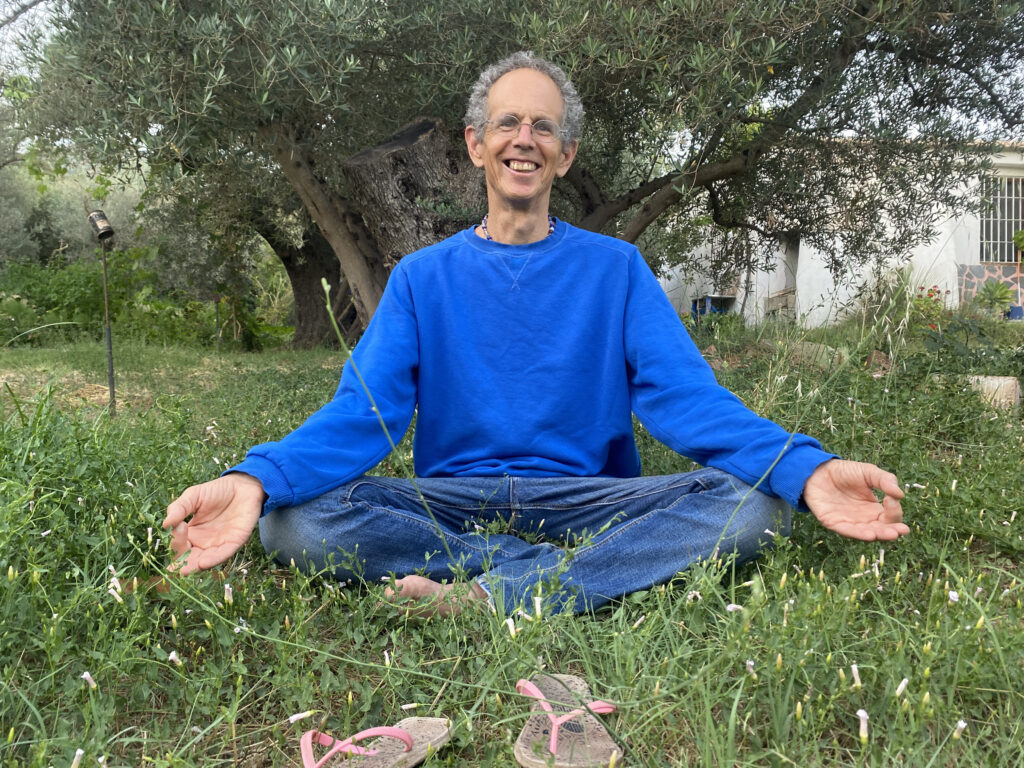
Final Thoughts
Energy therapy might seem mysterious at first, but at its core, it’s about reconnecting—with your body, your emotions, your inner truth, and something greater than yourself. Whether you’re exploring Reiki, acupuncture, breathwork, or simply learning to listen to your own energy, each step brings you closer to balance and self-awareness.
In a world that often pulls us in many directions, energy healing reminds us to pause, feel, and realign. You don’t need to be an expert or a spiritual master to begin—just curious and willing to explore.
Start small, stay open, and trust your own experience. The energy is always there, waiting for you to tune in.
Subscribe
If this guide sparked something in you, we invite you to stay close. Subscribe to our newsletter for more insights, guided practices, and upcoming events that support your energy awareness and spiritual growth.
If you’d like to support us, please subscribe to our YouTube channel, buy me a coffee, or join our Aura Community.
Thank you for walking this path with us,
The Infinite Being Academy Team







